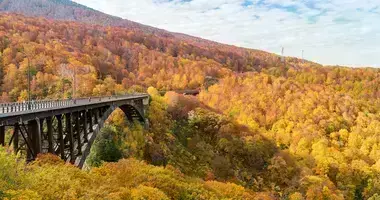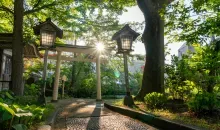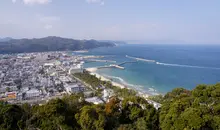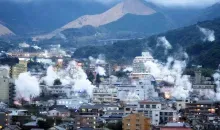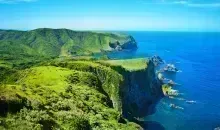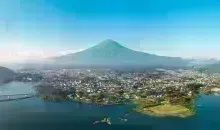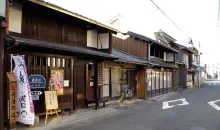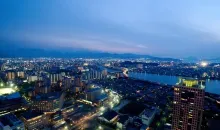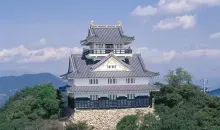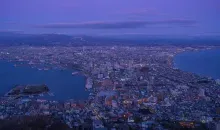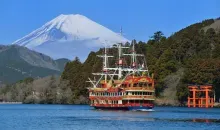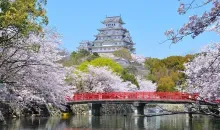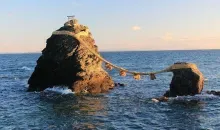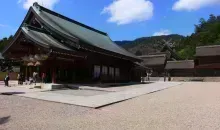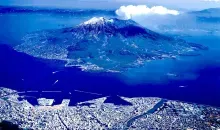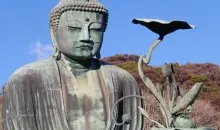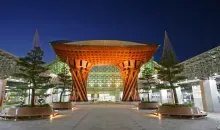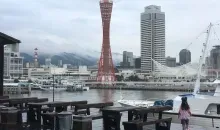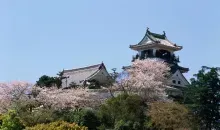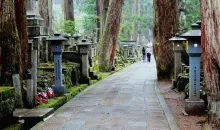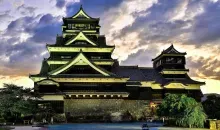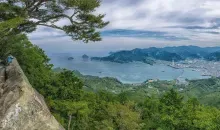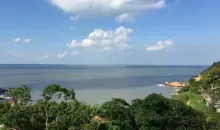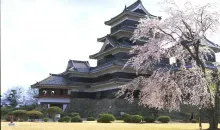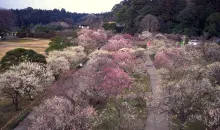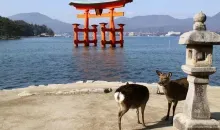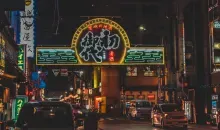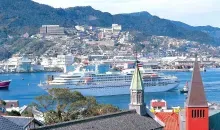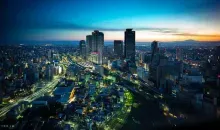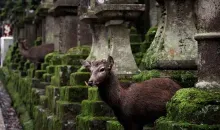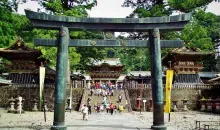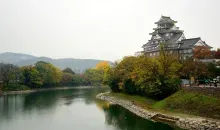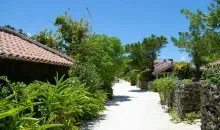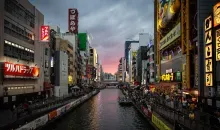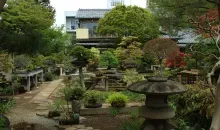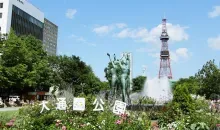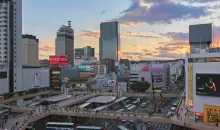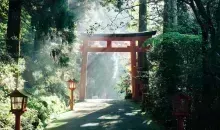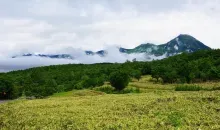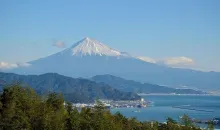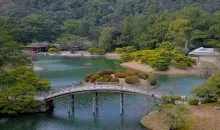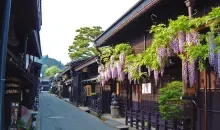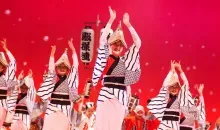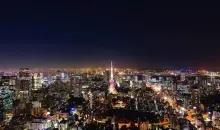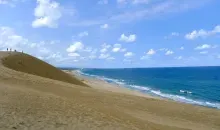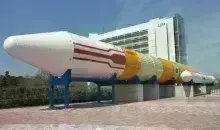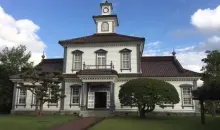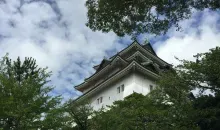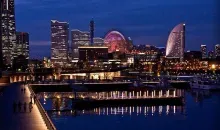Morioka 盛岡
- Published on : 17/08/2017
- by : G.L.
- Youtube
Local Time 22:07
Symbol : sunny
Temp : 27.2°C
Date : Today
Symbol : sunny_cloudy
Temp : 26.4°C
Date : Tomorrow
Symbol : sunny_cloudy
Temp : 26°C
Date : Friday
Symbol : cloudy
Temp : 24.9°C
Date : Saturday
Local Time 22:07
Symbol : sunny
Temp : 27.2°C
Date : Today
Symbol : sunny_cloudy
Temp : 26.4°C
Date : Tomorrow
Symbol : sunny_cloudy
Temp : 26°C
Date : Friday
Symbol : cloudy
Temp : 24.9°C
Date : Saturday
Cold and warm
Despite being ignored by most tourist itineraries, Morioka is a nice city steeped in the traditions of the Tohoku region, and a stone's throw from Hachimantai nature park and lake Tazawako.
With an icy winter, and a cool yet pleasant summer, the climate in Morioka is typical of northern Japan. These weather conditions have also helped forge the unique identity of the area, the Japanese like to refer to with a scornful pout, "Inaka!": "it's the countryside!".
But what a charming countryside it is! Morioka is one of the major urban centers with 300,000 inhabitants. It is the capital city of Iwate prefecture, about halfway between Sendai and Aomori, and can be visited in a day or two.
Nambu Tekki, Regional pride
Starting at Iwate Park, located between the banks of Nakatsu river and Odori mall. This is where the castle of the Nambu clan once stood (some surrounding walls remain), who had the upper hand in the region. When it was constructed in the mid-sixteenth century, merchants and samurai settled around the hill where the building is perched, giving birth, as often is the case in Japan, to Jokamachi, the "town under the castle."
Leaving the park by the Nakanohashi (northeast) bridge, you can visit the district of the same name, where some nice Western-style buildings dating from the Meiji era. The most famous is the headquarters of the Nakanohashi bank, in red brick and white granite. It is around here that nambu tekki, a technique for enameled cast iron, was born and which still makes Morioka famous today. It dates back to the seventeenth century, when the Kyoto artisans who settled in Jokamachi began to use cast iron to produce tea kettles, weapons and bells used in temples. These heavy objects have been made in Morihisa Suzuki's workshop (1-6-7 Minami Odori), since 1625. They make weighty souvenirs on condition that you pay the price and accept that they will weigh down your suitcase. Morioka is also one of the cities where kokeshi dolls originate.
Jajamen, reimen or wanko?
Traveling back up the Nakatsu to the north, you quickly reach the traditional district of Konya-cho, whose symbol is an ancient watchtower, previously used by the firemen of the city (the Konyacho banya). Lively, busy and with plenty of delicacies to discover, Konya is also the place to taste the specialties of Morioka: rice cakes with sesame Nambu Sembei (see Shirasawa shop), gyutan (grilled beef tongue, a dish made popular by Sendai) and the "three Morioka noodles" (jajamen, udon noodles with a meat and miso sauce, regimen - ramen with Korean sauce, and wanko soba, small bowls of buckwheat noodles) .
The walk ends by continuing along the bank and crossing Higashibashi Bridge in Morioka's second green area: the temple area, which brings together several Buddhist buildings (including Hoon-ji and 500 statues of Buddha's disciples) and Jinja Mitsuishi Shinto shrine, all in a welcoming park to the east of an interesting museum of local folklore (Morioka Central Public Hall) Park.
Interested by Morioka
Discover other cities to explore





